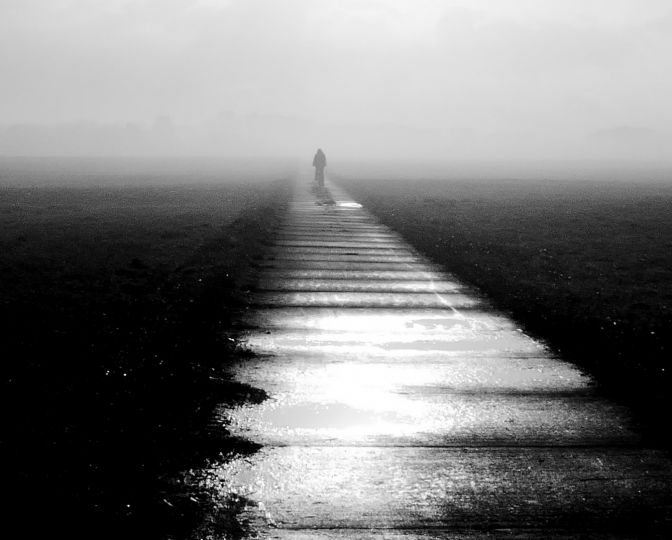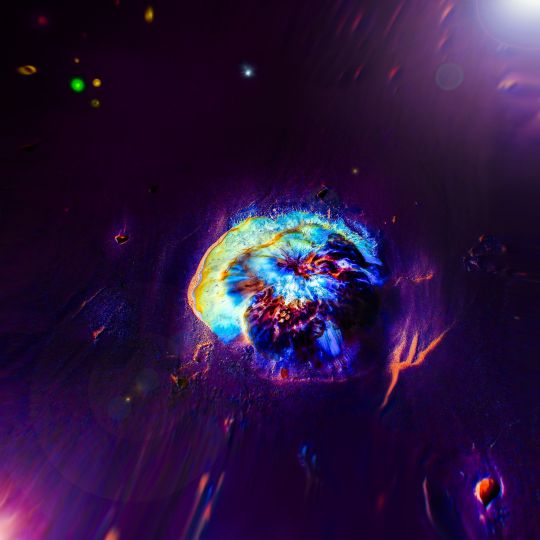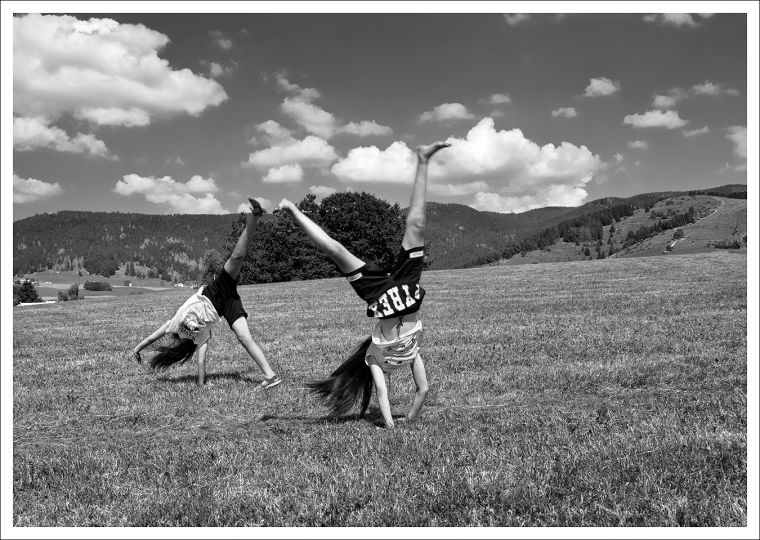The Garden’s Tale (text by Lóránd Hegyi)
The less we see and recognize the more we imagine and create in our mind. Alessandra Calo guides the viewer in her nightly universe and reveals an extremely subtle, poetic vision of unlimited variations of almost invisible micro-realities and small, seemingly insignificant elements of the nature as well, as the human surrounding. The viewer enters in this poetical, almost unfathomable, incomprehensible universe of difficultly identifiable micro-realities paradoxically not through the light but through darkness; the phantasy replaces the visibility, the imaginary replaces the documentation of things. Instead of precise observation of the given reality the imagination takes over these mysterious, picturesque terrains of obscurity and uncertainty.
She seems to exploit the darkness in order to discover the hidden beauty and the unlimited richness of the almost imperceptible complexity of a world which stays under the protection of darkness. Instead of exposing the things by illuminating them, instead of giving light to this extremely fine, fragile, vegetation of plants, flowers, trees, or to the dolorously vulnerable human settlements of interiors where all the objects are inseparably connected with human gestures, feelings and behaviors, she covers them by darkness and doing so she draws them into the orbit of imagination.
In some images the arrangement of objects and the treatment of life in the subtle domestic interior scenes remind us on certain tradition of “great painting” of the 17th century, first of all on the still-life painting in Netherland; This intermingling of different personal and collective cultural memories, or more precisely, this enlacement of different levels of references and personal experiences creates an extremely rich, complex, multilayered universe which is paradoxically almost invisible, which is appearing almost at the edge of intelligibility. The more the enigmatic darkness dominates the visual reality, the more the freed phantasy and the intensified imagination fills the terrain of uncertainties and phantasms. Alessandra Calo’s work is based on highly personal experiences, on deeply singular, particular psychological and emotional sensibility and on unmistakable individual interpretation of the given realities, which is transmitted paradoxically in an indirect way: the less the viewer can see, the more he can perceive. The less the light irradiate the things, the more the recipient comprehends the essential life of things. The dark pages of Alessandra Calo’s subtle oeuvre “The Garden’s Tale” reveal this hidden, fragile, vulnerable, internal life in the realm of uncertainty.
















